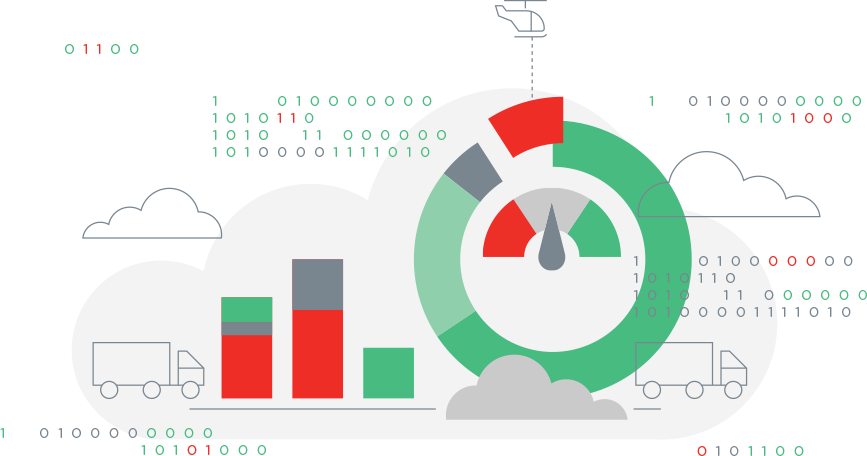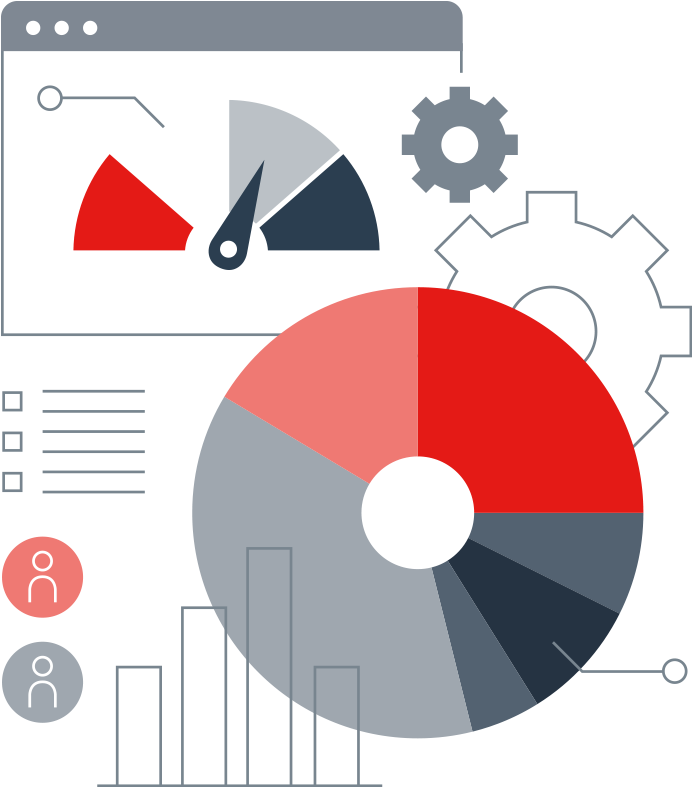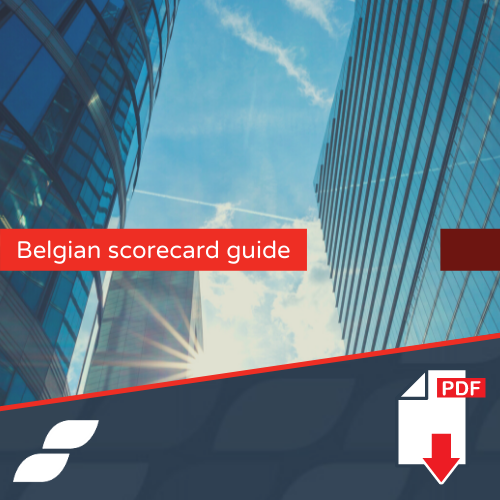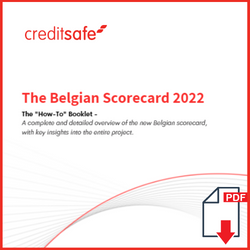As the local and global economies shift, the factors influencing a business failure as well as the factors indicating a company in distress will change. To take account of these changes, the scorecards need to be continuously improved.
Our credit scores have always predicted the likelihood of a company going bankrupt. Our updated scorecards will bring even greater predictability by incorporating new data, further segmentation and algorithm improvements. This means we will be able to predict even more insolvencies, so you will be even more comfortable when 'working on credit' with other Belgian companies.




